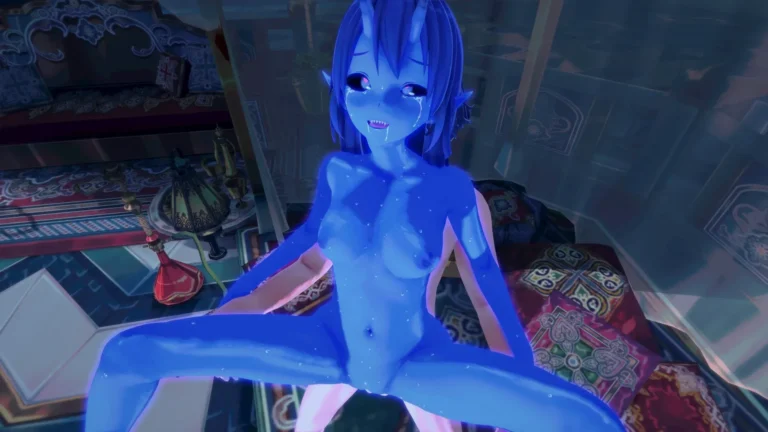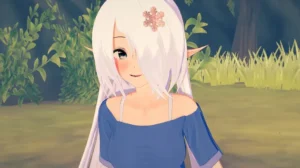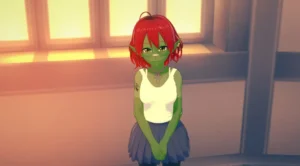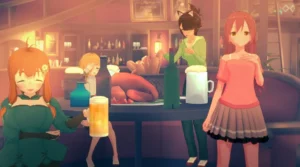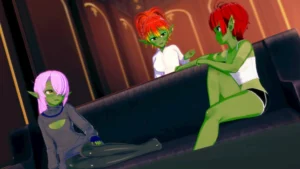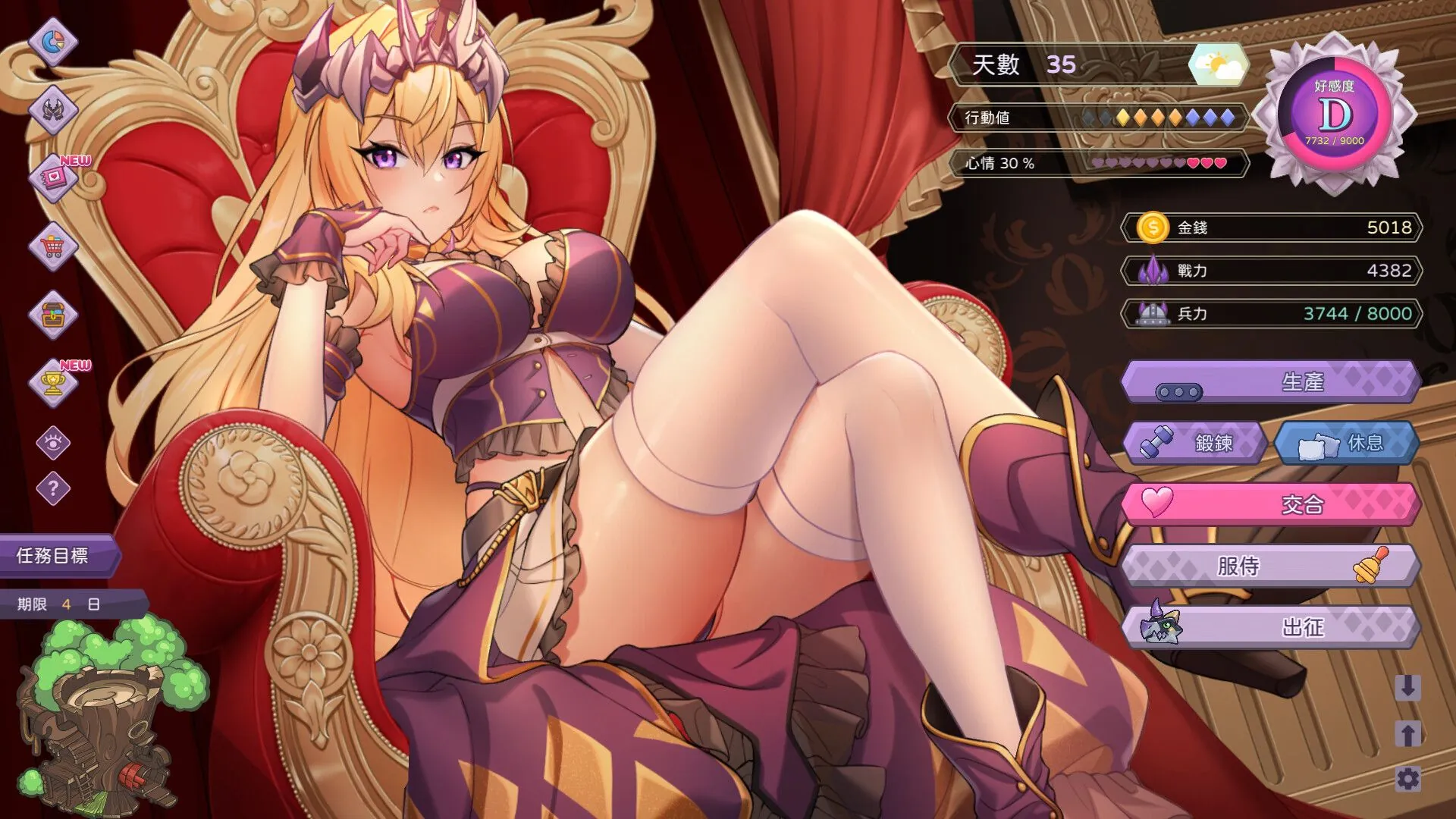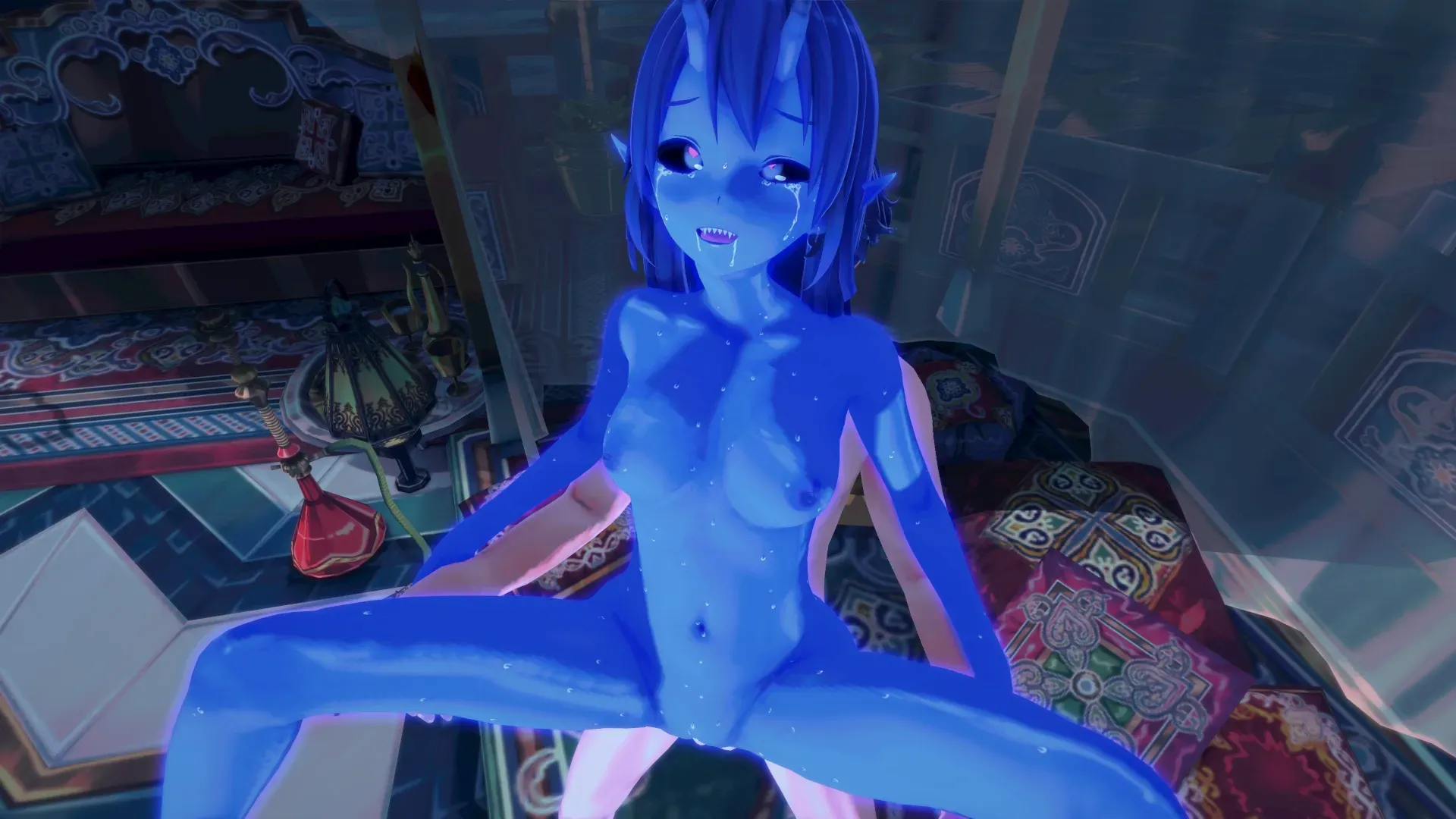
Tales of Unity
Play Tales of Unity
Tales of Unity review
Exploring the Story, Gameplay, and Character Dynamics of Tales of Unity
Tales of Unity stands out as a visual novel that blends an engaging narrative with immersive gameplay elements. Unlike many titles in its category, this game integrates intimate themes naturally into its storyline, making the experience more than just about those moments. If you’re curious about what makes Tales of Unity a compelling choice for fans of story-driven games with mature content, this article will guide you through its unique features, characters, and gameplay mechanics.
Understanding the Story and Setting of Tales of Unity
Let me tell you about the first time the Tales of Unity story truly gripped me. I was settled in for what I thought would be a typical visual novel experience, but within the first hour, I found myself completely absorbed in a world that felt both hauntingly familiar and terrifyingly alien. This isn’t just a story; it’s an emotional journey that stays with you long after you’ve closed the game. 😮
The heart of this experience is its masterful Tales of Unity plot development, which unfolds in a world scarred by conflict. If you’re looking for a story-driven visual novel that prioritizes deep narrative and complex relationships over simple mechanics, you’ve found your next obsession. Let’s pull back the curtain on what makes this game so special. ✨
What is the Core Narrative?
At its core, the Tales of Unity story is a profound exploration of survival and connection in the face of absolute oppression. The game picks up after a devastating war where humanity didn’t just lose—we were utterly conquered and enslaved by a superior, enigmatic race. This isn’t a backdrop of rebuilding or hope; it’s a reality of submission and control.
The genius of this narrative is that it makes you feel the weight of every decision, where forming a bond can be as dangerous as defying an order.
You follow a diverse group of individuals, each navigating this bleak existence in their own way. Some cling to fading memories of freedom, others try to find small moments of joy within their constraints, and a few secretly plot resistance. The Tales of Unity plot development is less about a single hero’s journey and more about a collective struggle for identity and dignity. I remember moments where a simple, shared glance between characters conveyed more tension and emotion than any lengthy monologue could. 🤝
The narrative masterfully weaves mature themes into its fabric. We’re talking about trauma, loss, the ethics of compliance versus rebellion, and the very meaning of humanity when your personhood is systematically denied. These aren’t just tacked-on for shock value; they are essential to understanding the characters and the world they inhabit. The post-war narrative Tales of Unity presents forces you to ask difficult questions: What would you be willing to do to survive? What is the cost of unity when it’s demanded under threat?
How Does the Setting Influence the Plot?
The Tales of Unity setting is a character in its own right. 🏙️ Imagine sprawling, technologically advanced cities, but they’re gilded cages. Humanity lives in designated sectors, constantly monitored, their every move potentially scrutinized by their overlords. The atmosphere is a palpable mix of futuristic awe and claustrophobic dread.
This oppressive environment is the engine for the entire Tales of Unity story. It dictates the rules of society and directly shapes every character’s motivation. For instance:
* The constant surveillance means that trust is a rare and precious commodity. Every new acquaintance could be a friend or an informant.
* The stark divide between the rulers’ opulent districts and the humans’ functional zones creates a visual representation of the power dynamic, fueling resentment and despair.
* Relics of the “old world”—a forgotten park, a buried photograph—become powerful catalysts for plot points, reminding characters (and players) of what was lost.
The brilliance of the Tales of Unity setting is how it creates natural conflict. A character’s desire for a better life directly clashes with the setting’s rigid control. A plan for a small act of defiance is immediately complicated by the ever-present threat of discovery. The world doesn’t just sit there looking pretty; it actively pushes back, making every step forward in the Tales of Unity plot development feel earned and significant. 🌍
Character Roles and Their Impact on the Story
Now, let’s talk about the soul of this experience: the Tales of Unity characters. This is where the game truly shines. You won’t find one-dimensional tropes here. Instead, you’re presented with a cast of deeply flawed, authentic individuals whose personalities and pasts collide in fascinating ways.
The character dynamics Tales of Unity explores are complex and often volatile. Alliances are fragile, friendships are tested, and romances bloom in the most unlikely and dangerous circumstances. From my time with the game, the interactions never felt scripted; they felt like genuine reactions between people under immense pressure. A pragmatic character who prioritizes the group’s safety will inevitably clash with an idealist who craves justice, and these conflicts drive the story forward just as much as any external threat. 💥
To truly understand how these pieces fit together, let’s look at the key players who bring the Tales of Unity story to life.
| Character | Core Role | Key Relationships & Impact |
|---|---|---|
| Kaelen | The Reluctant Leader | His internal conflict between protecting his friends and challenging the system creates the story’s moral compass. His relationships are built on a fragile trust he is terrified of breaking. |
| Elara | The Idealist Archivist | She preserves human history, making her a target. Her hope inspires others but also puts them in danger, creating a central tension between memory and safety. |
| Roric | The Pragmatic Enforcer | As a human who works for the rulers, he embodies the theme of collaboration vs. resistance. His interactions are charged with suspicion and a hidden complexity that slowly unravels. |
| Seraphina | The Mysterious Outsider | She operates outside the established factions, forcing other characters to question their loyalties and the very nature of their enemy. |
The development of the Tales of Unity characters is the true backbone of the Tales of Unity plot development. You don’t just watch their story; you feel their fears, their small victories, and their crushing defeats. A character’s growth from a fearful subordinate to a determined resistor feels organic because it’s driven by their interactions with others and the relentless pressure of the world around them. The character dynamics Tales of Unity crafts are a masterclass in showing how people can be both each other’s greatest strength and most profound weakness. ❤️🔥
Ultimately, the Tales of Unity story succeeds because it understands that the most compelling tales are not about world-ending events, but about the people trying to find their place within a broken world. It’s a powerful, emotional, and unforgettable story-driven visual novel that will challenge you and move you in equal measure.
Tales of Unity offers a refreshing take on the visual novel genre by weaving mature themes seamlessly into a compelling story and well-developed characters. Its unique approach to storytelling, combined with engaging gameplay, makes it a memorable experience for players seeking depth beyond surface-level content. If you appreciate narratives that reward exploration and character interaction, Tales of Unity is definitely worth your time.
